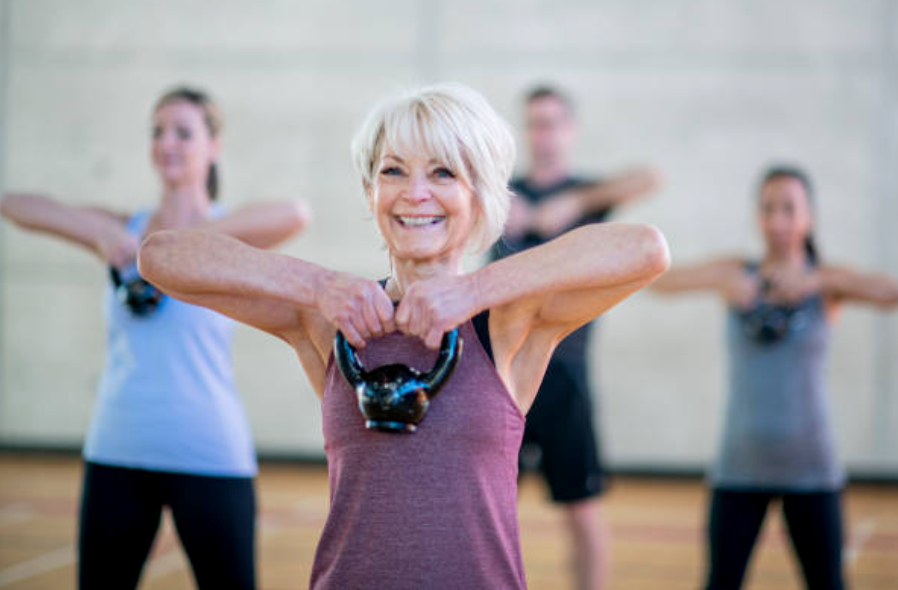Our joints connect our bones and keep them from knocking together. Some joints – like hinge joints – help us move in different ways. For example, knee joints enable us to bend our legs to sit down or squat, and shoulder joints allow us to raise our arms to take something out of a cupboard.
As we get older, the cartilage that cushions our joints becomes thin or wears out. This deterioration causes inflammation and pain that’s generally associated with different kinds of arthritis. Therefore, protecting your joints as early as possible can prevent these issues and enhance mobility as you age. Follow these tips to get started!
Stay Hydrated
Staying well-hydrated is essential to your overall health. Water regulates body temperature, helps stave off infection, helps kidneys eliminate toxins, lubricates joints, and so much more! For good joint health, you should replace the water your body loses. If it recognizes a shortage, your body will try to pull the water it needs from other places – including your cartilage. When your cartilage loses water, there is less synovial fluid in your joints. Without proper lubrication, joints stiffen, become hard to move, and might cause pain.
To stay properly hydrated, men need to take in about 3.7 litres of fluids, and women need about 2.7 litres per day. Under these guidelines, 20% of fluids can come from food and the rest from water and other drinks. Drinking a lot of sugary beverages like soda or energy boosters is discouraged.

Do Regular Exercise and Include Warm-Ups and Cool Downs
Staying physically active is a great way to prevent stiff, painful joints, and doing low-impact exercises like walking, swimming, and biking helps keep them lubricated. Muscles push on bones and contract to help joints bend and straighten. Therefore, strengthening muscles by lifting weights can improve functionality and provide better joint support.
As with any exercise plan, discuss restrictions and recommendations with your doctor before starting a weightlifting routine.
Stretching before and after a regular exercise routine helps prevent joint strain. In a warm-up, slowly work the muscles you’re planning to use. You can even try mimicking specific movements from your workout in a set of dynamic warm-up stretches to prep your muscles and increase joint flexibility.
Cooling down after exercising is equally important to get your body back to baseline and prevent injuries. Doing a slow, gentle set of stretches for five to 10 minutes that target the muscles you worked out should do the trick.

Don’t Tax Your Joints
“No pain, no gain!” is a common mantra when starting a new exercise routine. Staying motivated is great – but you should never push your body beyond its limits. If something hurts, don’t ignore the pain. Muscle soreness will happen – especially if you haven’t worked out in a long time or are new to doing any kind of exercise. This feeling, however, should ease up in time.
On the other hand, if a joint starts hurting and doesn’t stop, quit working out and address the issue as soon as possible with your doctor. Ignoring nagging pain and taxing an aggravated joint can lead to injuries and recovery time that you didn’t expect.
As always, slow and steady wins the race. If your joints feel extra stiff one morning, take it easy! Do simple stretches to help maintain flexibility, but don’t do anything that could potentially make it worse. At the end of the day, get up and get moving in one way or another!
Overall, proactively protecting your joints as early as possible can help prevent joint pain, improve mobility, and enhance flexibility as you age.




